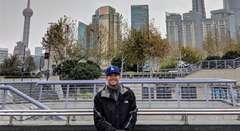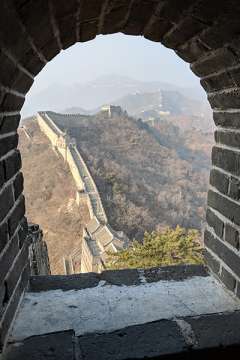Timothy Kwiecien, MD, Reflects on his CA-3 Rotation in Hangzhou

I was recently given the opportunity to travel to Hangzhou, China, and participate in an anesthesia international elective at the Second Affiliated Hospital of Zhejiang University (SAHZU). The cultural and clinical experience in China was remarkable, and truly a once in a lifetime experience. This busy teaching hospital was founded in 1869 and consists of 3,500 hospital beds with a surgical volume exceeding 60,000 cases per year.

I had the privilege to work with attending anesthesiologists, resident anesthesiologists, and medical students. We worked together as a team and provided excellent anesthetic and perioperative care. I worked with Dr. Chen and the Multidisciplinary Pain Medicine Team at SAHZU. I rotated through the pain medicine clinic, where we evaluated and treated complex pain syndromes. I participated in myofascial pain procedures, minimally invasive herniated disc repairs, and radiofrequency nerve ablations.
During the international elective at SAHZU, I was afforded the opportunity to visit Beijing and the Great Wall. Photographs rendered in textbooks do not accurately depict the true presence that this structure beholds. The Great Wall and the surrounding landscape provided an environment that encouraged self-reflection:

Walls are often built to provide barriers as a means to separate the human race. The purpose of the wall may be national security or political rhetoric. However, the basic premise still holds true: to separate human beings into “us” versus “them” indirectly provides a symbolic structure that nurtures divisive and nationalistic views. China is the most “foreign” place I’ve ever visited including a different and unrecognizable language, cuisine, and culture. However, my clinical and cultural experience in China demonstrated that we, as people, share common goals and values. If we, as individuals, are able to put aside the easily recognizable and superficial differences, we will then begin to appreciate the similarities. Differences do exist between our healthcare models; however, there are powerful similarities that we share as human beings, physicians, and anesthesiologists. We work extremely hard and make personal sacrifices in order to deliver exemplary medical care to our patients, to ensure their health and well-being, and provide them with a better quality of life.
Photos, from top: Dr. Kwiecien with SAHZU colleagues; Dr. Kwiecien in Shanghai; View from the Great Wall.